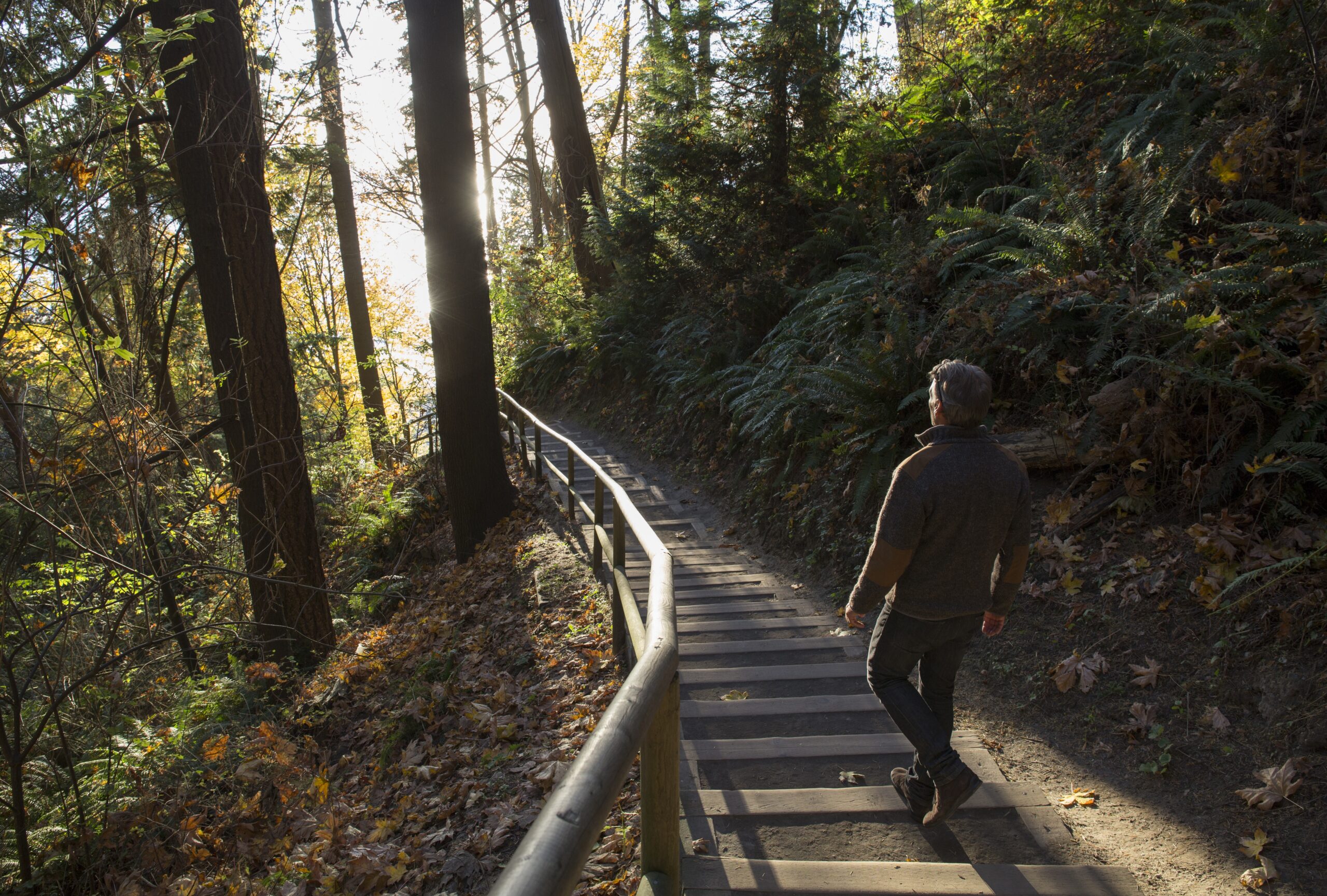Last time on “Field Notes,” we took a look at the top three factors that affect the selection of concrete waterproofing. Now, with the help of our Technical Services Technician Doug Adam, we want to take an even closer look at one in particular: local climate factors.
Any contractor in concrete construction knows that weather is rarely ideal. That can lead to diminishing its importance in construction at times. After all, you can’t wait forever for the weather to get better. You have deadlines you need to meet. So you make do with what you have.
But climate factors can actually lead to the success or failure of a concrete construction project. It’s why they should be taken into more consideration, and we can see why just by looking at the different climates of British Columbia (BC), Canada.
Let’s Take an In-Depth Look at BC’s Own Climate to Find Out
A truly unique space in Canada, BC is not only home to the country’s only desert but also home to around 25% of the world’s temperate rainforests. BC is also bordered from most of the rest of the country by rocky mountains and is subject to temperate ocean weather patterns. These combine to create winter conditions that are exclusive to the West Coast compared to the rest of Canada.
It’s an element that any contractor working within the region has to get used to, ensuring they’re aware of climate factors like the following.
BC Climate Factor Consideration #1: Temperature
The best way to understand the difference in BC’s temperature to the rest of Canada, particularly in the winter, is through provincial comparison.
Take a look at the Prairies. They freeze in the fall and typically maintain a deep freeze through the winter, only thawing once spring arrives. This sustained cold allows the concrete to shrink once in the fall and remain shrunk until the spring thaw arrives.
Meanwhile, for BC’s climate, especially in the West Coast, winter leads to constant temperature fluctuations. It also creates a freeze-thaw cycle that causes concrete to expand and contract repeatedly throughout the winter. This sporadic temperature often leads to cracked concrete structures that will sprout leaks during the spring rain seasons after a final thaw. The effects of this cycle are especially evident in the widespread potholing of asphalt surfaces, which require repair in the spring.
BC Climate Factor Consideration #2: Precipitation
If contractors are mainly dealing with BC’s South Coast, they’ll find it subjected to prolonged rainfall with sustained hydrostatic pressure in the saturated ground.
This pressure forces water on and in the concrete and finds any passage through the structure that it can.
There is a potential benefit to this soaking as it will highlight any leaks or areas of poor consolidation for repair. This opportunity allows for minimal schedule impact if the repairs are identified and addressed early. Contractors can take advantage of this from both a cost and schedule standpoint since repairs are much more costly when insulation, drywall, and paint need reinstatement.
BC Climate Factor Consideration #3: Seasonal Weather
There’s been a lot of focus on BC’s winter weather. But summer weather shouldn’t be left out of consideration. Increasingly hot summers create more challenges each year as contractors look to avoid material damage from growing temperatures.
Part of that means giving large pours dedicated curing efforts. After all, pours with large surface areas or high thicknesses will gain additional temperature from sun exposure. That can lead to thermal cracks or a dry, scaly surface without the right care.
That’s not the only thing that heat affects, though. It also impacts material choices. Contractors need to select the right building envelope materials and even find other materials capable of withstanding intense sunlight that are needed in areas where they weren’t before. This is especially the case for external waterproofing membranes, which can blister, crack, or cause difficulty with curing concrete under intense heat.
Once the construction part is done and the concrete structure has been built, some summer temperature challenges remain. For instance, south-facing residents will encounter increased interior temperatures, insulation challenges, and likely higher energy costs for summer cooling. These in turn often require the contractor to return and add items like window coverings at no additional cost to the residents.
It Shows That Climate Factors Are Key to a Project’s Success
While the rest of Canada and other regions around the world might not face the exact same climate challenges BC does, it’s clear that climate factors do leave an impact on construction. If contractors aren’t careful, they can do a lot of damage, such as leaving behind a concrete road riddled with potholes or worse.
Unfortunately, it’s also true that construction schedules are unforgiving and non-negotiable with hard deadlines to be met and occupants looking to move in.
When climate challenges threaten to impact the progress of construction, emotions can run high and lead to high-pressure decisions, rushed jobs, and cut corners. The results of these often don’t become evident until the late stages of construction when they become high-priority deficiencies. In extreme cases, they will become high-profile deficiencies that make international headlines, impact the reputation of builders, and provide a learning opportunity for years to come.
The roof collapse at Station Square is an enduring example of the impact of deficiencies that happen from rushing work. At the time, it did help shorten the costs and timeline of construction. But it also led to provincial and federal changes to architectural and engineering policies. This is due to the investigation, which determined that the building’s structural roof beams had not been properly supported nor sufficiently sized to support the load of rooftop parking. This deficient design wasn’t evident until opening day when the parking area was used for the first time and the live load of vehicles overcame the strength of the roof. The result was 21 personal injuries, 20 damaged vehicles, a string of lawsuits, and thankfully, no fatalities.
It’s a lot of resulting damage that could have been avoided with more careful consideration of outside elements.
In Short, Deadlines Are Always Tight, but Quality Still Matters
No one plans to construct a poorly formed concrete structure. But the need to meet tight deadlines can make it easy to end up doing so. While time is always short, issues such as climate factors need to remain top of mind. Otherwise, you can end up with a shorter construction schedule and an even shorter-lived building.








